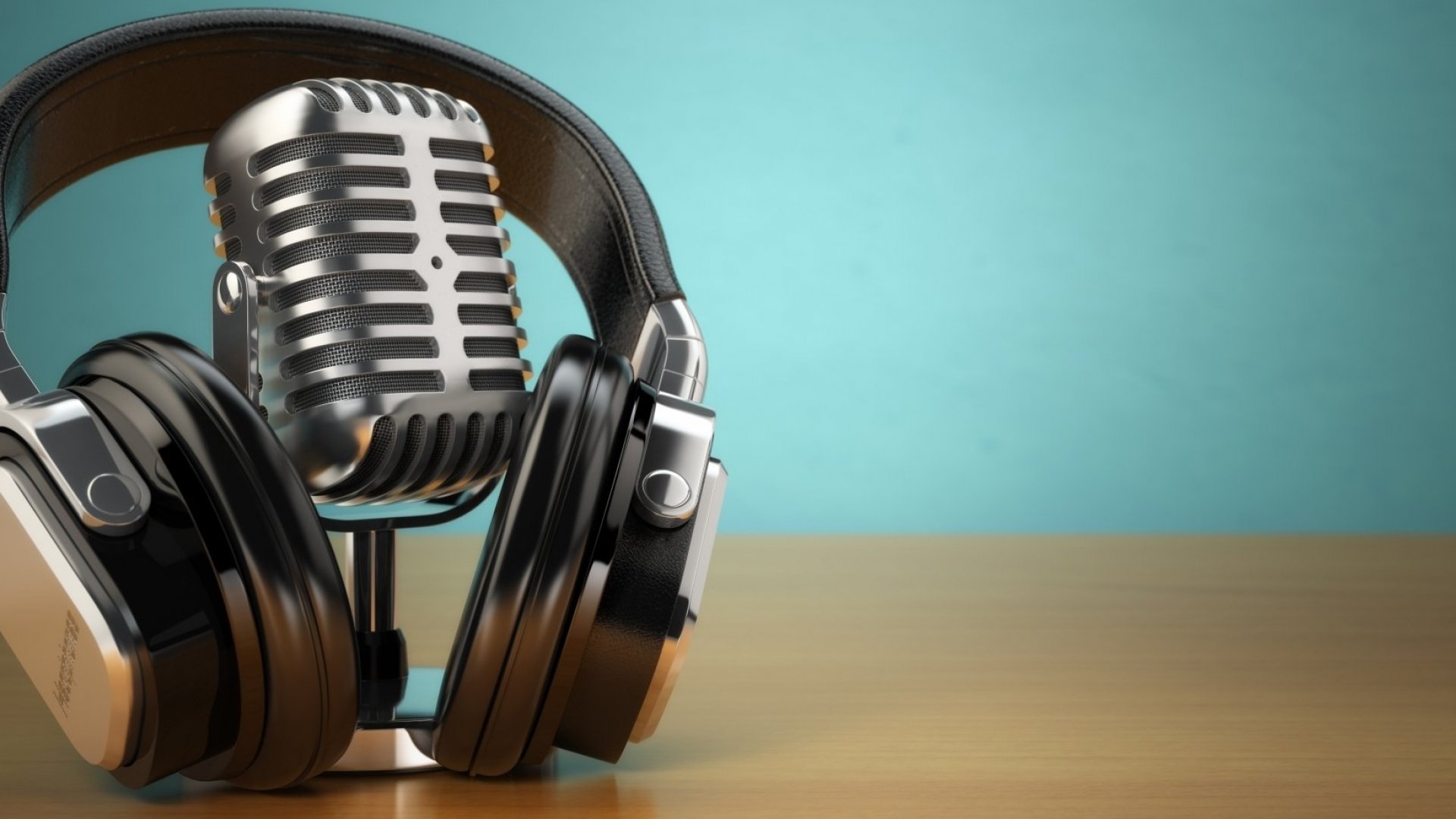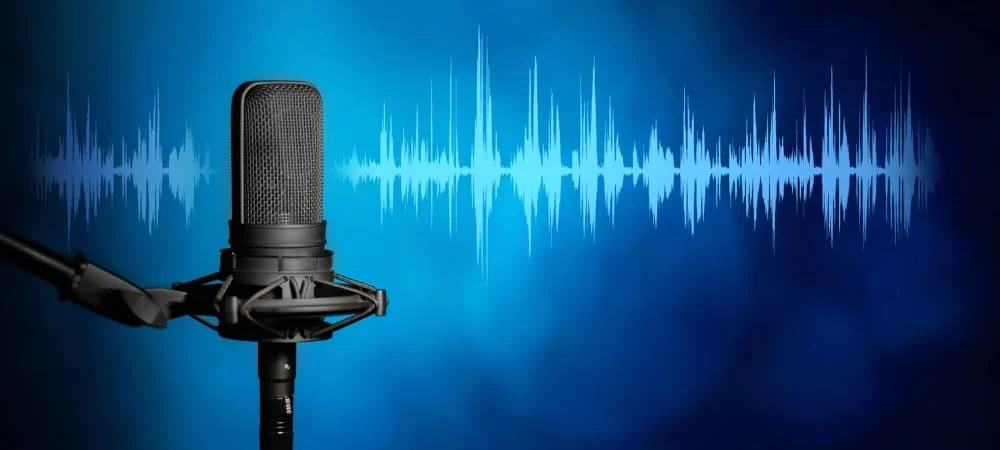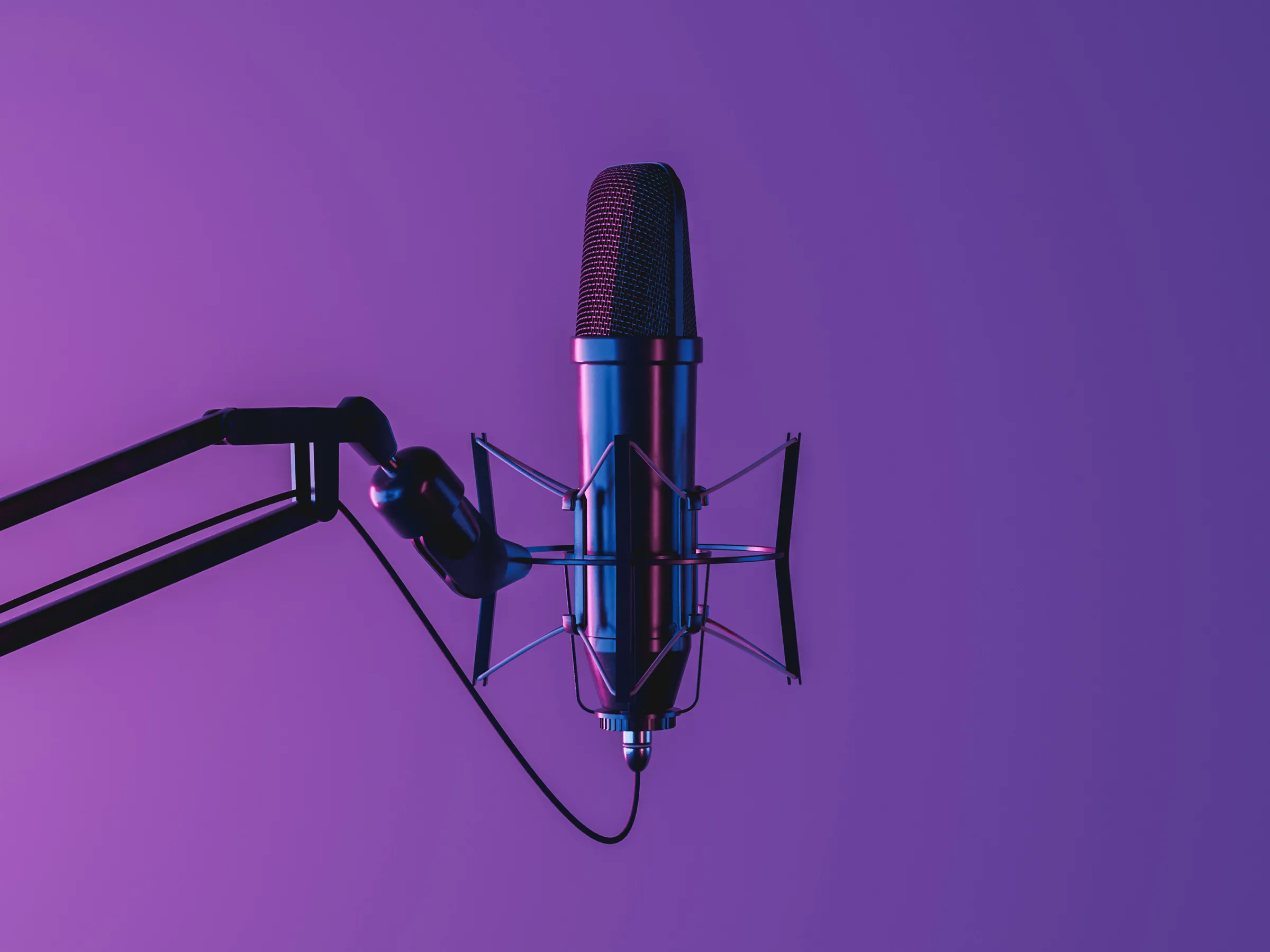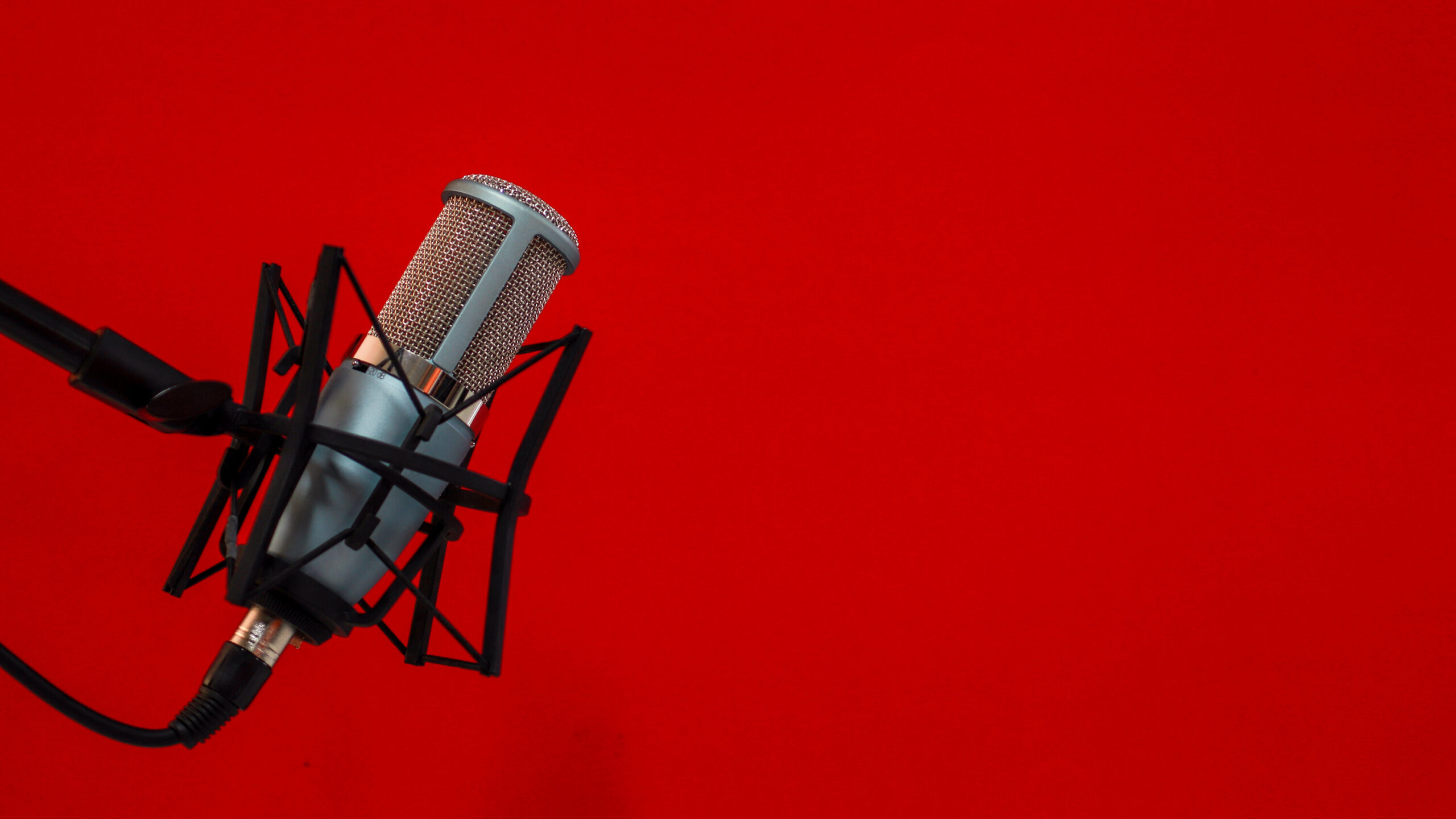Podcasting has emerged as a vibrant and influential medium, enabling individuals to share their voices, stories, and insights with a global audience. Its appeal lies in its accessibility and the intimacy of the audio experience. Unlike traditional radio, podcasting offers the flexibility to create content on your terms, enabling you to engage with your audience in a more personal way. This beginner’s guide is designed to navigate you through the exciting journey of podcasting. From conceptualizing your show to building a brand and monetizing your content, we’ll cover the key steps you need to launch a successful podcast. Whether you’re looking to share your knowledge, connect with like-minded individuals, or simply explore a new hobby, podcasting provides a unique platform to express yourself.

Understanding the Basics of Podcasting
Podcasting is more than just recording audio, it’s a form of storytelling and sharing knowledge. A podcast is typically a series of spoken-word audio episodes, focused on a specific topic or theme, which listeners can download and listen to at their convenience. Unlike radio, podcasts are on-demand, allowing listeners to enjoy their favorite shows whenever and wherever they choose. The versatility of podcasts is evident in their range of topics, covering everything from daily news to niche hobbies. To start a podcast, you need to understand its fundamental components: content, format, and technical requirements. Content is what you talk about, it’s the heart of your podcast. The format is how you present your content – this could be through interviews, monologues, or conversations. The technical aspect involves recording, editing, and publishing your podcast. Understanding these basics is essential for a successful podcasting journey.
Choosing Your Podcast Theme and Format
Selecting a theme and format for your podcast is crucial as it sets the tone for your content and attracts a specific audience. The theme should align with your interests and expertise, providing a clear focus for your episodes. Whether it’s technology, lifestyle, education, or entertainment, your chosen theme should resonate with you and your potential listeners. Regarding format, there are several options. A solo show allows you to dive deep into topics you’re passionate about. Co-hosted shows can offer dynamic conversations and different perspectives. Interview formats are excellent for bringing in external expertise and varying the content. Storytelling and roundtable discussions are other popular formats. The key is to choose a format that suits your style and theme. Your choice will influence the tone of your show, the type of content you produce, and how you connect with your audience.

Essential Equipment and Software for Podcasting
Starting a podcast doesn’t require a professional studio, but some basic equipment and software are necessary to ensure quality recordings. The most critical piece of equipment is a good microphone. A decent USB microphone can provide great sound quality at an affordable price. It’s also worth investing in a pop filter to minimize plosives (sounds like ‘p’ and ‘b’) that can cause spikes in your audio. Headphones are essential for monitoring your recording and editing. When it comes to software, there are many accessible options. Audacity is a popular, free audio editing software that is user-friendly for beginners. For recording interviews over the internet, software like Skype or Zoom, combined with a recording tool like Ecamm Call Recorder, works well. Lastly, you’ll need a podcast hosting platform to store and distribute your episodes. Platforms like Libsyn, Anchor, or Podbean offer various features and price points to suit different needs.
Planning and Scripting Your First Episode
The first episode is your podcast’s introduction to the world, so it’s vital to make a strong impression. Start by defining the purpose of your podcast and what you want to achieve with the first episode. Are you introducing yourself and your topic, or are you diving straight into content? Plan your episode by outlining the main points you want to discuss. This outline will be your roadmap and ensure you cover all necessary topics. Scripting can vary based on your format, some podcasters prefer a full script, while others go for bullet points to guide a more natural conversation. If you’re interviewing someone, prepare questions in advance, but be ready to adapt and follow the conversation’s natural flow. Remember, your first episode sets the tone for your podcast, so focus on delivering a clear, engaging, and authentic message to your listeners.

Recording and Editing Techniques
Recording and editing are crucial phases in the podcast production process. For recording, choose a quiet, consistent environment to ensure audio clarity. Pay attention to room acoustics – soft furnishings can help reduce echo. While recording, speak clearly and at a consistent volume, and remember to pause naturally. This will make the editing process easier. When it comes to editing, you’re aiming to create a smooth, pleasant listening experience. Editing involves cutting out mistakes, long pauses, and any distracting noises. You can also enhance your podcast with music and sound effects, but use these elements sparingly so as not to detract from your content. Familiarize yourself with basic editing tools and techniques, or consider hiring an editor if your budget allows. Good editing can significantly elevate the quality of your podcast and keep your audience engaged.
Distributing Your Podcast on Various Platforms
Once your podcast is recorded and edited, the next step is distribution. A podcast hosting platform is essential for storing your files and generating an RSS feed, which enables distribution to various podcast directories. Popular platforms include Apple Podcasts, Spotify, and Google Podcasts. Each platform has its submission process, but generally, you’ll need to provide your podcast title, description, cover art, and RSS feed URL. Make sure your metadata (like episode titles and descriptions) is clear, descriptive, and contains relevant keywords. This helps in discoverability. Regularly releasing episodes can also aid in building a loyal listener base. Remember, the more platforms you distribute your podcast to, the larger your potential audience becomes.

Marketing and Growing Your Audience
Marketing your podcast is essential to grow your audience. Start by identifying your target audience and where they spend their time online. Use social media platforms to promote your podcast, engage with listeners, and share behind-the-scenes content. Creating a website for your podcast can also boost visibility and offer a central hub for your content. Email marketing is another effective tool, consider starting a newsletter to keep your audience updated on new episodes and exclusive content. Networking with other podcasters and appearing on their shows can also help you reach a wider audience. Additionally, encourage listeners to leave reviews and share your podcast with their networks. Remember, building an audience takes time and consistent effort, so be patient and persistent.
Monetizing Your Podcast and Building a Brand
Monetizing your podcast can be achieved in various ways once you have a consistent listener base. Sponsorships and advertisements are common methods, where companies pay to promote their products or services on your show. Affiliate marketing is another avenue, where you earn commissions for products sold through links shared on your podcast. Additionally, you can create and sell merchandise, or offer premium content, like bonus episodes or early access, for a subscription fee. Building a brand around your podcast involves creating a unique identity that resonates with your audience. Consistency in your messaging, visual elements, and episode quality is key to establishing a strong brand. Engaging with your audience, seeking feedback, and adapting to their preferences can also help solidify your podcast’s position in the market.
